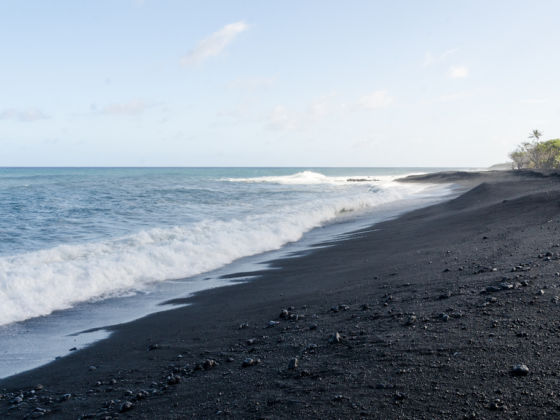Last year’s Kilauea volcano eruption in Hawaii had one positive side effect: the creation of a new, pristine beach on the Big Island. Pohoiki, a black sand beach, was formed shortly after the eruption, but it’s not as untouched as it may look to the naked eye. It’s already littered with microplastics, only a year after its creation. These plastics are smaller than five millimeters and hardly larger than a grain of sand, so they tend to blend in with the landscape and pass unnoticed.


Hawaii’s Newest ‘Pristine’ Beach Is Already Littered With Microplastics
Nic Vanderzyl, a student at the University of Hawaii at Hilo, hoped to use the beach as the site of a study of places untouched by human influence. He collected 12 samples from various spots, and on average, discovered 21 plastic bits for every 50 grams of sand. Steven Colbert, Vanderzyl’s academic mentor, told National Geographic that the plastic probably washed up with the waves, and that beach pollution now appears to be almost instantaneous.
“I didn’t want to find it,” he said of the plastic samples, “but I really wasn’t surprised. There’s this romantic idea of the remote tropical beach, clean and pristine like the beach Tom Hanks washed up on [in the movie Castaway]. That kind of beach doesn’t exist anymore.”
Microplastics have been known to plague some of the world’s most remote beaches — even those considered to be safe from human pollution. Conservation groups are working to clean up the beaches, but the heavy machinery and immense cost required to do so means only the absolute worst beaches get attended to.
H/T: National Geographic